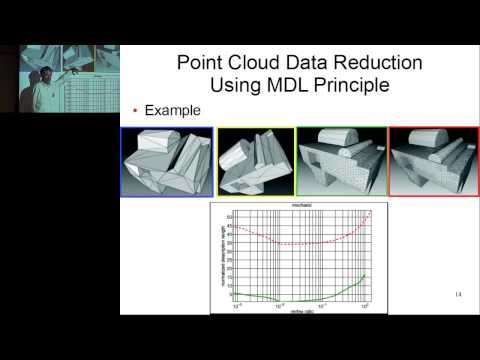Description:
Explore a comprehensive guest presentation by Olaf Hellwich on integrating close-range 3D computer vision with synthetic aperture radar satellite remote sensing. Delve into topics such as medical image processing, 3D reconstruction techniques, semantic analysis of point clouds, and SAR data processing. Learn about advanced concepts like compressive sampling, sparse signal representation, and multibaseline SAR acquisition. Gain insights into the TUB Computer Vision & Remote Sensing Research Group's projects and discover potential future research directions in ubiquitous 3D reconstructions.

Integrating Close-Range 3D Computer Vision
Add to list
#Computer Science
#Artificial Intelligence
#Computer Vision
#Image Processing
#Machine Learning
#Feature Extraction
#Semantic Analysis